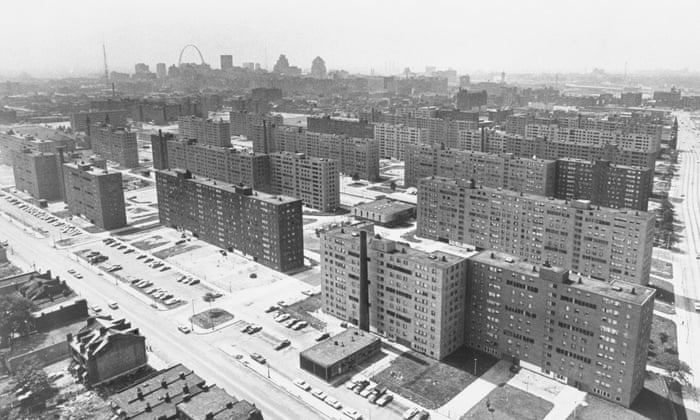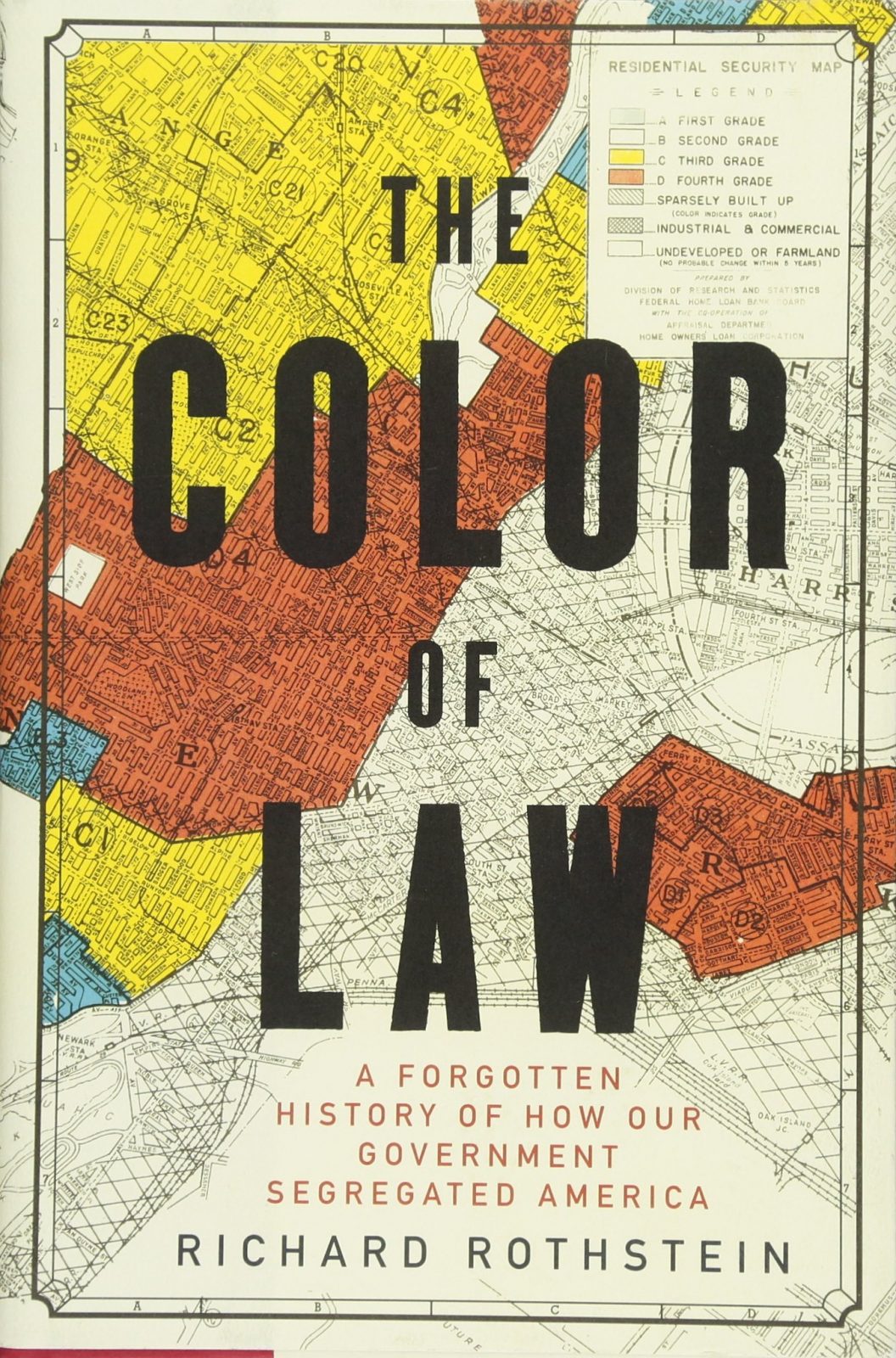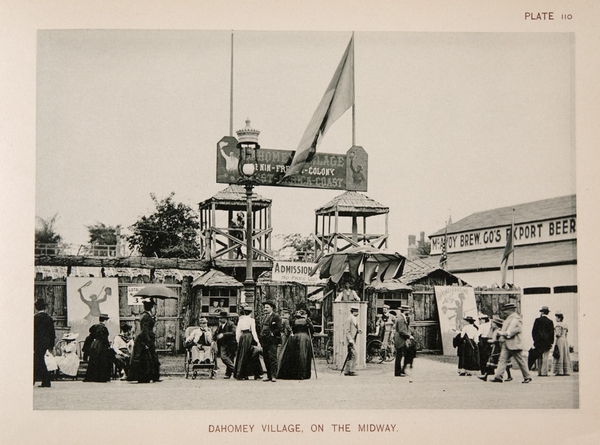In the past few weeks, we’ve witnessed the horrific discrimination, violence and racism against the black community. These issues have been prevalent for a large component of our history. The tremendous uproar in regards to George Floyd’s death strikes a chord with many people as we confront the reality that even in 2020, we continue to marginalize people of color.
In the architecture community, our involvement and activism is important in setting the stage for inclusive design. In the postcolonial world, architecture and urbanism continues to enforce political control and marginalize people of colour. One example is Pruitt-Igoe, a public housing complex located in St. Louis, Missouri in the 1950’s. At the time, public housing was used as a segregation tool. Projects were labelled “white” or “black”.

In Post-WWII America, home-ownership became the insignia of the American dream. Yet at this time, we also saw the rise of “Sundown Towns” (all-white suburbs that banned people of colour through harassment and inducement) as well as higher mortgage rates for African American people. In Richard Rothstein’s “The Color of Law”, he explains how public policies reinforce the segregation of African communities and its systemic poverty. Over time, “we have developed euphemisms to help us forget how we, as a nation, have segregated African American citizens”.

Many global expositions and world fairs, such as Expo 1967 and Chicago World Fair became platforms for stereotypes and reductive depictions of cultures around the world. Dahomey Village was a recreation of a West African village, as imagined by Americans. In the history of colonialism, there has always been an obsession to know, but on Western terms. These architectural fairs were a way of “projecting on Africa from a European perspective”. In Canada, the Indian Act controlled and constrained the lives of many indigenous communities, forcing them into residential schools and reserves. At the time, the West believed that African Americans, indigenous people and people of colour were “orients” or “savages”, which means one who is inferior and alien.

We can begin to disentangle these narratives by taking control of the conversation. And to engage in the conversation, we must understand the history and the context of the topic that we wish to speak about. BRIDGE has gathered an open source list of resources with the help of Waterloo Architecture students and professors. Special thanks to Simone Delaney, Nicole Chen, Danielle Grabke and Tara Bissett for their contributions.
If you’ve encountered a thought-provoking, conversation-inducing resource, please submit an entry to the google form with a short description of the content. Together, let us interject the conversation and become game-changers in our field of design.
Link to google form:
Link to resource list:
https://docs.google.com/document/d/1D3CTx0xWAWcBlIl5IEeU81hxIoUghwt3luQuP7EfJFc/edit





Leave a Reply